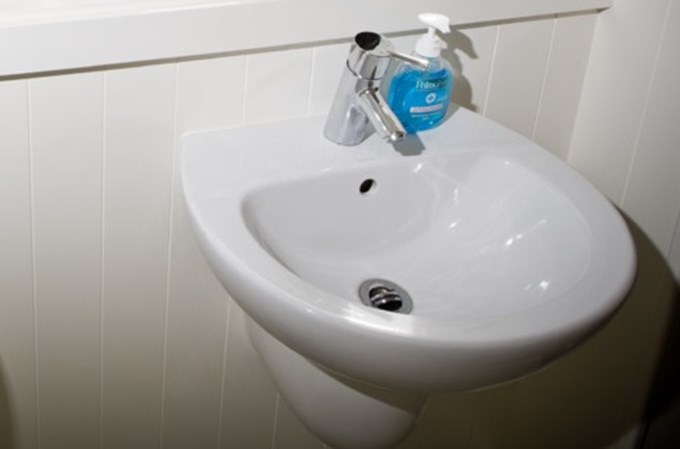Watercare is increasing the price of its water and wastewater services. From 1 July 2017, water prices will increase by 2.5 percent and wastewater services will increase by 3.3 percent on average. The Infrastructure Growth Charge will increase by 3 percent.
Watercare Chief Executive Raveen Jaduram says the price rises are necessary to cover increases in operating expenses and to fund capital expenditure.
“Water and wastewater charges fund our day-to-day operations in supplying Aa-graded drinking water to the people of Auckland, and treating wastewater to a high standard.
“The price of wastewater services will increase by an average of 3.3 percent, reflecting greater investment required in wastewater infrastructure as the city grows and demand for these services increases,” Mr Jaduram says.
“These charges help to fund large projects such as the Central Interceptor, which not only provide for growth, but replace or help maintain the levels of service from our existing assets.”
Auckland’s population is predicted to grow by 1 million people in the next 30 years and the company has forecasted a $4.9 billion spend on capital investment over the next 10 years to support this growth.
How the money is spent
Watercare does not operate to make a profit nor does it receive any funding from property rates paid to the Auckland Council. It also does not pay a dividend to the Auckland Council.
“All the money we receive from customers goes into operating, maintaining and expanding our infrastructure to maintain a safe and reliable water supply for the future,” Mr Jaduram says.
Key facts
- Water prices will increase from $1.444 to $1.480 (including GST) per 1,000 litres for all customers
- Fixed wastewater charges for domestic customers will rise by $6 to $211 per year and from $2.454 to $2.535 per 1,000 litres of wastewater discharged (including GST)
- Wastewater charges for non-domestic customers will increase by an average of 3.3 percent
The Infrastructure Growth Charge will increase by 3 percent to $11,340 plus GST for metropolitan customers. For stand-alone non-metropolitan networks where past and future investments are specific to each network, the charges also increase by 3 percent.


